Editorial Quick Take
A previous Veritas Journal quick take introduced readers to the debate over the priority of drawing versus color in painting. That piece looked at the conflict as it raged in the 17th century between the Poussinistes and Rubénistes. But the same debate has broken out repeatedly in the history of Western art. In the 16th century, it took the form of a disagreement between the Florentine proponents of disegno (design or drawing) and the Venetian proponents of colore (color).
The leading figure of the Florentine school was Michelangelo di Lodovico Buonarroti Simoni. Michaelangelo was the great sculptor the the David and of the Pieta and painter of the Sistine Chapel. Even in his lifetime he was known as Il Divino (“the divine one”). To him and other artists like him, painting was rational. It began in the mind. It was then expressed in clear design and only complemented by color. These artists built a painting carefully, one step at a time. And the first step was accurate drawing. Their paintings have a statuary quality and their subject matter bends towards the morally serious and weighty.
In the other corner was Tiziano Vecelli, better known as Titian. To his admirers he was “the prince of painters.” For Titian and other Northern Italians, color and design could never be separated. Rather, they were fused into one and executed simultaneously. Paintings were often designed in real-time on the canvas as the artist worked the piece out in layers of brightly colored paint. To the Venetians, this method created a more vibrant and lifelike appearance. They were interested in the atmospheric play of light and the delicacy of translucent surfaces. Their approach was more emotive and they tended towards landscapes and mythological stories to express their vision.
Below are two of Michelangelo and Titian’s representative works. Take a look then follow the link at the bottom of the page to compare this debate with the one that would follow a century later.
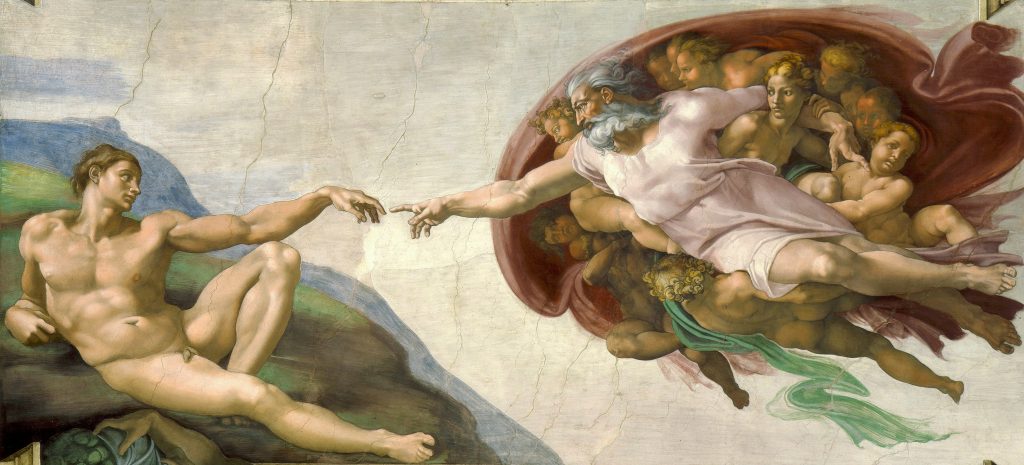
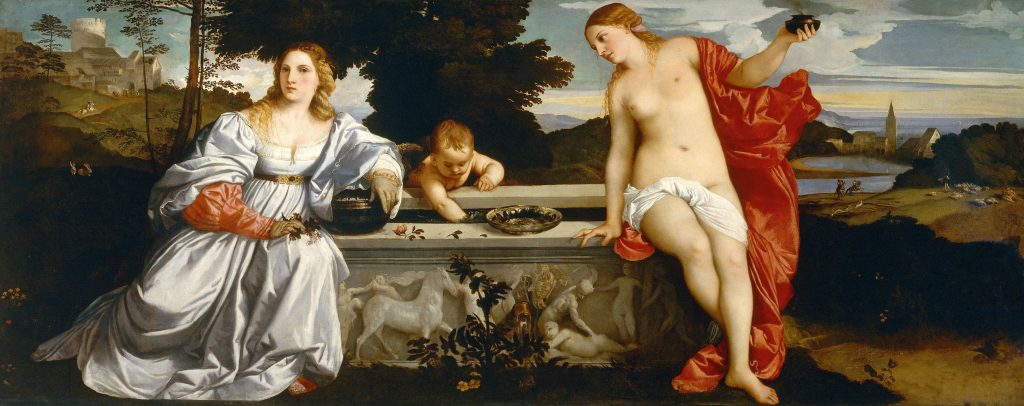
Drawing or Color Part I: The Poussinistes vs. The Rubénistes
Do you see the same debate as it plays out in the paintings themselves? Come back and let us know what you think in the comments below.
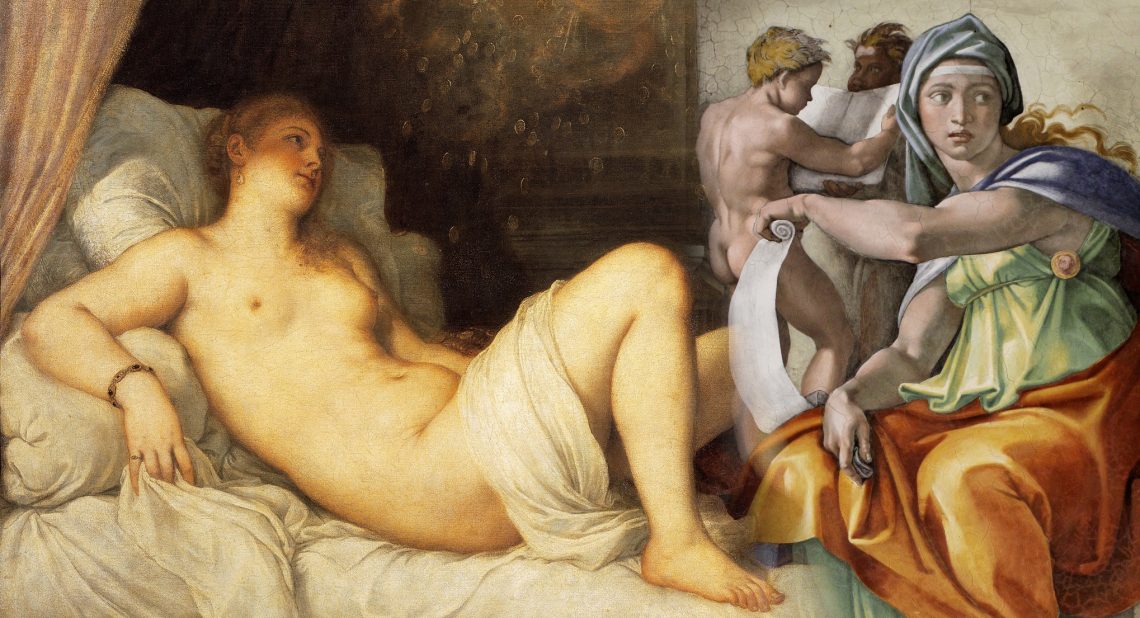


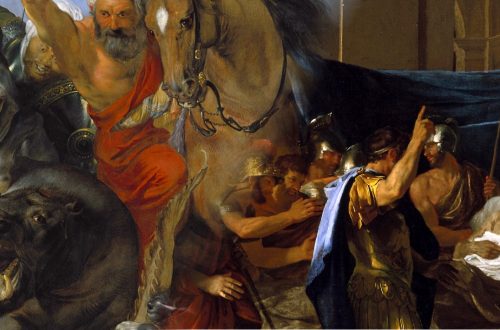
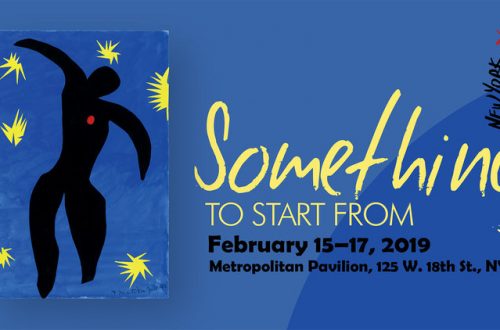

One Comment
Pingback: